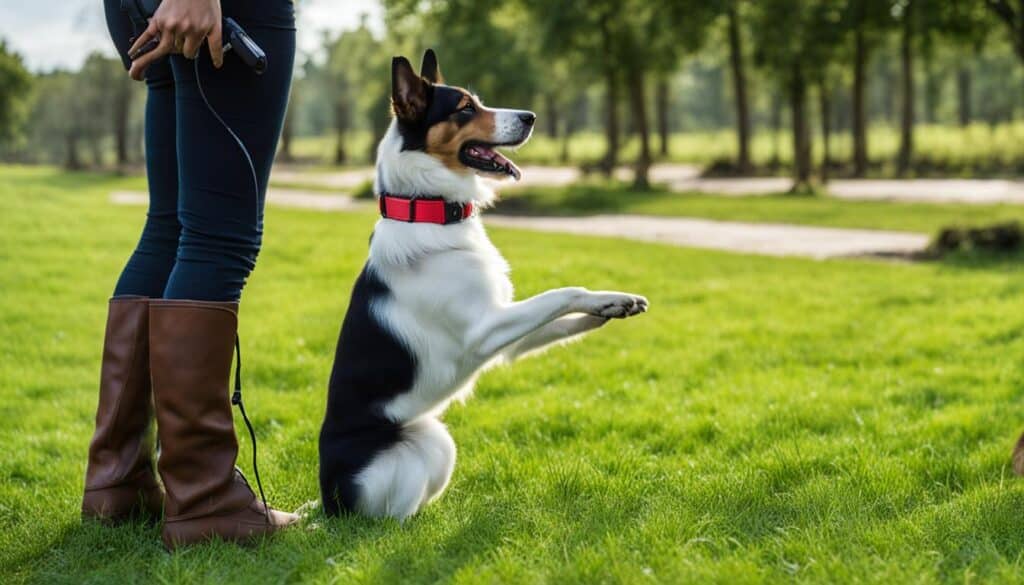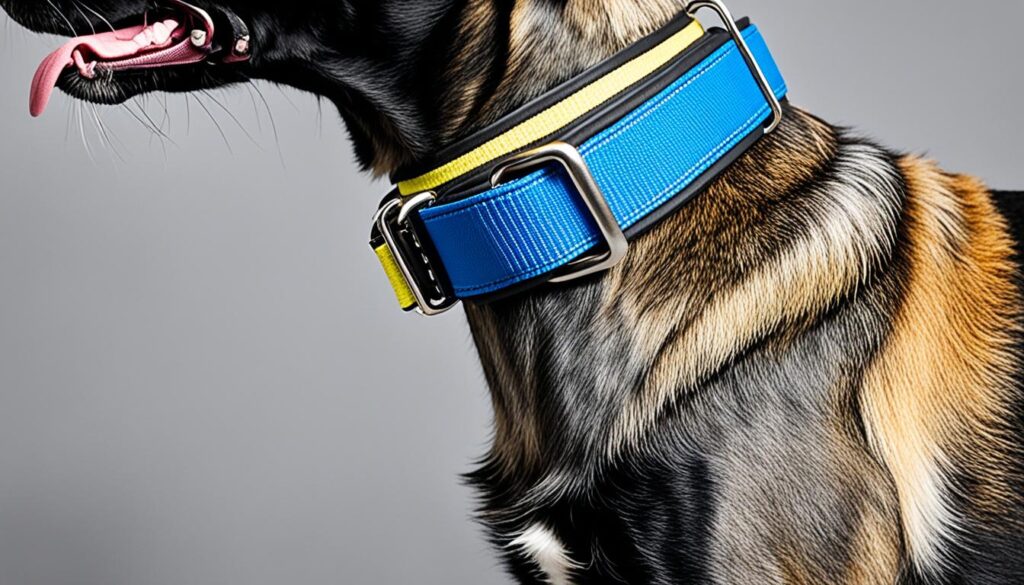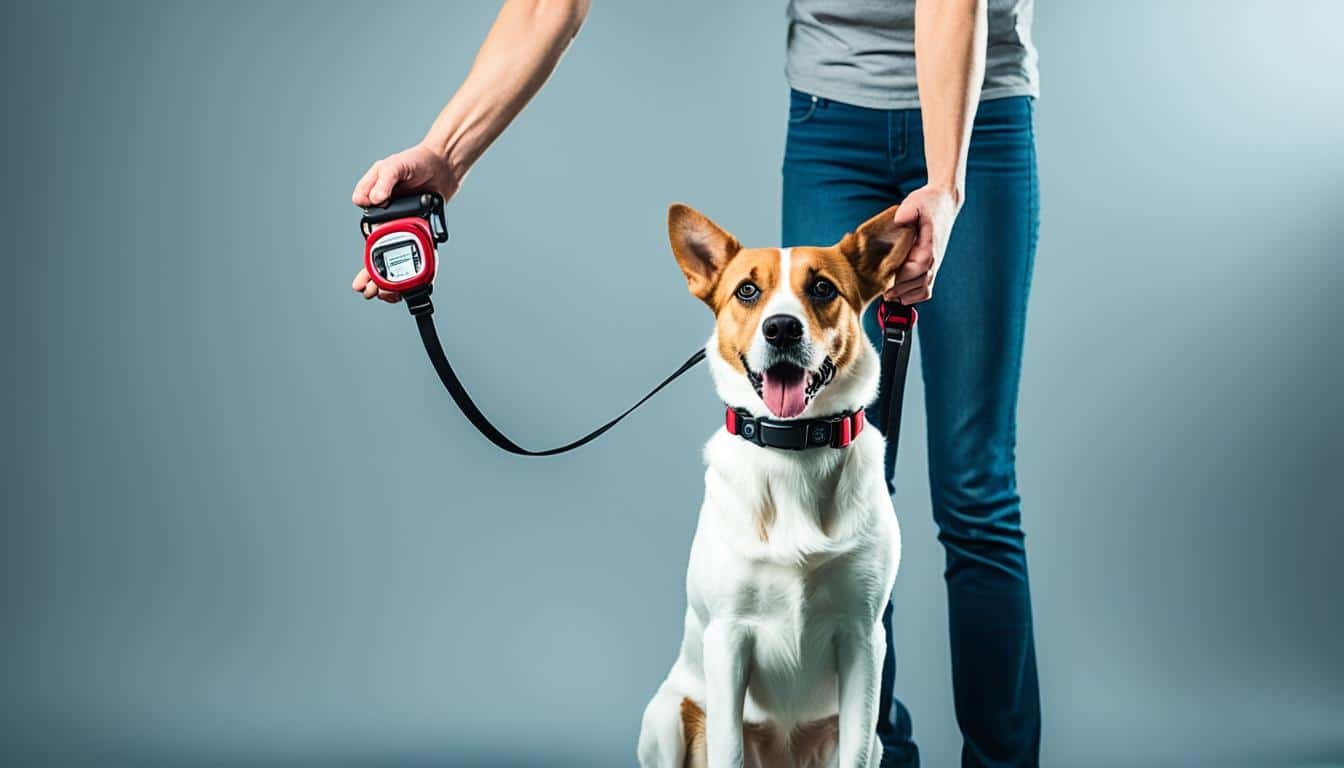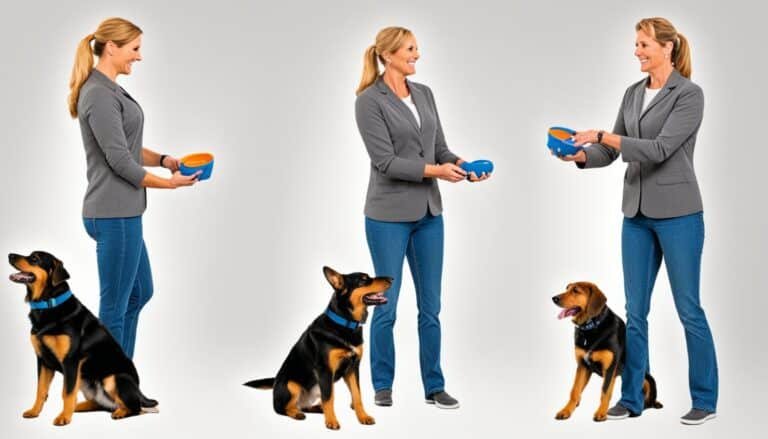How to Use a Dog Training Collar
Welcome to our comprehensive guide on how to effectively use a dog training collar. Training your dog is essential for fostering good behavior and building a strong bond with your furry friend. A dog training collar, particularly a remote dog training collar, can be a valuable tool in this process. In this article, we will provide you with a step-by-step guide, tips, and techniques for using a dog training collar safely and efficiently.
Whether you’re looking to teach obedience commands or correct unwanted behaviors, mastering the use of a dog training collar is crucial. Throughout this guide, we will discuss the best practices for fitting the collar correctly, introducing the tone and stimulation to your dog, teaching basic commands, correcting unwanted behaviors, reinforcing learned behaviors, and addressing the benefits and controversies surrounding the use of dog training collars.
By following this comprehensive guide, you’ll be equipped with the knowledge and techniques to effectively train your dog using a training collar. Let’s get started on your journey to a well-behaved and obedient canine companion!
The Importance of Properly Fitting the Collar
Before using a remote dog training collar on your dog, it is essential to ensure that the collar is properly fitted. This will ensure effective operation and your dog’s comfort and safety. To fit the collar correctly, follow these steps:
- Make sure the collar is turned off.
- Fit the collar while your dog is standing.
- Check the fit by putting one finger between the collar and your dog’s neck.
- The collar should be snug but not too tight.
- Let your dog wear the collar for a few minutes to get comfortable with it.
- Recheck the fit before turning the collar on.
It is also important to use a dog training collar that is checked and cleared for use in your country.
Introducing the Tone and Stimulation
Before you begin active training with the electric dog training collar, it’s crucial to introduce the tone and stimulation to your furry friend. Find a location with minimal distractions and ensure that both the transmitter and receiver-collar are fully charged. Dedicate 10-15 minutes per day for several days to help your dog understand the tone.
During this time, associate the tone with rewards and praise, creating positive associations in your dog’s mind. Gradually increase the duration of the tone button to help your dog become familiar with it.
As you progress, it’s essential to find your dog’s recognition level for stimulation. Start with the lowest level and observe your dog’s behavior. Look for subtle changes, such as curiosity, scratching at the collar, or flicking ears. These can indicate that your dog is sensing the stimulation.
To determine the optimal recognition level, adjust the stimulation level until you find the point at which your dog responds to it. This will differ for each dog, so take the time to find the right level for your furry friend.
Remember, many remote trainers also have vibration and tone buttons in addition to stimulation. Experiment with these functions to see if your dog responds better to a different sensation. Each dog is unique, so it’s important to find the right combination of tone, vibration, and stimulation that works best for your training needs.
Now that you’ve introduced the tone and stimulation to your dog, you’re ready to move on to teaching basic commands using the dog training collar.
Teaching Basic Commands
A dog training collar can be a valuable tool in teaching your dog basic commands such as sit, come, and stay. With the help of the electric dog training collar, you can effectively communicate and reinforce these essential commands.
Teaching the Sit Command
To teach your dog the sit command using the training collar, follow these steps:
- Put a separate non-metallic collar above the training collar.
- Attach the training leash to the collar.
- Guide your dog into the sitting position.
- Press and hold the stimulation button while giving the command “Sit”.
- Release the button when your dog is in the sitting position.
- Praise your dog for following the command.
- Repeat the process until your dog understands and responds to the sit command.
Teaching the Come Command
The come command is crucial for ensuring your dog’s safety and recall. Here’s how you can teach it using the training collar:
- Keep the training collar on your dog.
- Wait for your dog to walk away from you.
- Press the stimulation level on the remote and give the command “Come”.
- Guide your dog towards you using the leash.
- Release the stimulation button when your dog steps towards you.
- Praise your dog for coming to you.
- Continue practicing and reinforcing the come command with the training collar.
Teaching the Stay Command
The stay command is important for keeping your dog in one place for their safety and your convenience. Here’s how you can teach it using the training collar:
- Put your dog on a leash and stand in front of them.
- Give the command “Stay” while pressing the stimulation button.
- Step back slowly while maintaining eye contact with your dog.
- If your dog starts to move, guide them back to the original position using the leash.
- Release the stimulation button once your dog stays in place for a few seconds.
- Praise your dog for obeying the stay command.
- Repeat the process, gradually increasing the distance and duration of the stay command.
By using the electric dog training collar effectively, you can train your dog to understand and respond to these basic commands. Remember to always use positive reinforcement, praise, and rewards alongside the training collar for optimal results.

Correcting Unwanted Behaviors
A dog training collar can be an effective tool for correcting unwanted behaviors in your canine companion. Whether your dog tends to jump on people, dig up garden beds, or have leash behavior issues, the training collar can help address these issues and promote better behavior.
Stopping Jumping on People
If your dog has a habit of jumping on people, the training collar can be used to help curb this behavior. Start by choosing a stimulation level one step higher than your dog’s recognition level. When your dog begins to jump, press the stimulation button and give the “sit” command. Release the stimulation button once your dog sits, praise your dog for the correct behavior, and practice this exercise in different locations to reinforce the lesson.
Stopping Digging Up Garden Beds
Is your dog constantly digging up your precious garden beds? The training collar can assist in stopping this unwanted behavior. Begin by selecting a stimulation level slightly higher than your dog’s recognition level. Allow your dog to wear the receiver collar for a few minutes inside the house to get accustomed to it. Then, take your dog to the yard with no other distractions and wait for them to start digging. Once your dog begins to dig, press the stimulation level and release the stimulation button when your dog stops. If necessary, repeat this process to reinforce the message that digging is not allowed.
Training Leash Behavior
The training collar can also be handy for addressing leash behavior problems. Whenever your dog moves away from your side while on a leash, use the training collar to reinforce the “heel” command and guide your dog back to your side. This will help establish proper leash behavior and prevent pulling or veering off course during walks.

Using the dog training collar to correct unwanted behaviors is an effective and humane approach to training. It allows you to communicate clearly with your dog and helps them understand what behaviors are acceptable. Remember to always use the collar responsibly and follow the manufacturer’s instructions for optimal results.
Reinforcing Learned Behaviors
Once your dog has mastered the basic commands, you can further enhance their skills and reinforce learned behaviors using a dog training collar. The collar serves as a valuable tool to sharpen your dog’s obedience and response to commands such as sit, stay, and come.
When using the training collar to reinforce obedience commands, remember to deliver a stimulation (in a safe and controlled manner) when your dog responds correctly to the command. This stimulation acts as positive reinforcement and helps strengthen the association between the command and the desired action.
For example, if you give the command “sit” and your dog promptly sits, you can use the collar to deliver a small stimulation. Release the stimulation as soon as your dog obeys, and immediately praise them for their good behavior. This consistent approach will reinstate the importance of following commands while maintaining a positive and rewarding training experience.
It is crucial to always use the training collar properly and responsibly. The collar should never be used as a form of punishment or to inflict harm on your dog. Instead, think of it as a tool to refine their skills and reinforce positive behaviors.
Benefits of Using a Dog Training Collar to Reinforce Behaviors:
- Effectively strengthens the connection between commands and desired actions.
- Helps sharpen your dog’s skills and responsiveness.
- Ensures consistent reinforcement of learned behaviors.
Tips for Using the Collar to Reinforce Obedience Commands:
- Deliver stimulation only when your dog responds correctly to the command.
- Release the stimulation promptly once your dog obeys.
- Praise your dog immediately after successful obedience.
- Regularly practice commands to maintain and reinforce learned behaviors.
Considering the Benefits and Controversies
When it comes to electronic collars for dog training, there are arguments both for and against their use. Advocates of electronic collars argue that these devices can provide dogs with the freedom to explore while effectively addressing severe behavior problems. They believe that electronic collars can offer a range of adjustable stimulation levels, allowing for precise control and correction. Furthermore, they argue that the collars are particularly beneficial for off-leash training, as they provide reliable communication over long distances.
However, opponents of electronic collars contend that there are alternative training methods that can be just as effective without the potential for misuse or abuse. They emphasize the importance of positive reinforcement training techniques, which rely on rewards and praise to encourage desired behaviors. Critics argue that electronic collars may have negative effects on a dog’s physical and emotional well-being, and that they can be misused if not used properly.
Ultimately, the decision to use an electronic collar should be made based on careful consideration of your dog’s specific needs and temperament. It is important to assess whether your dog may benefit from the additional control and stimulation that electronic collars can provide or if alternative training methods may be more suitable. Consulting with a professional trainer can be helpful in determining the most appropriate approach for your dog’s training needs. Remember, using an electronic collar responsibly and in accordance with the manufacturer’s guidelines is crucial to ensure the safety and effectiveness of this training tool.






